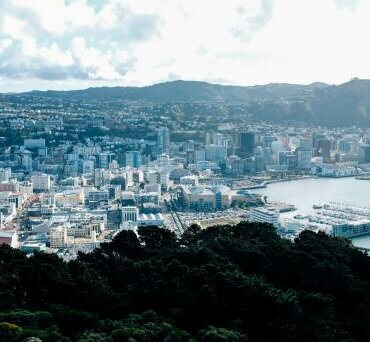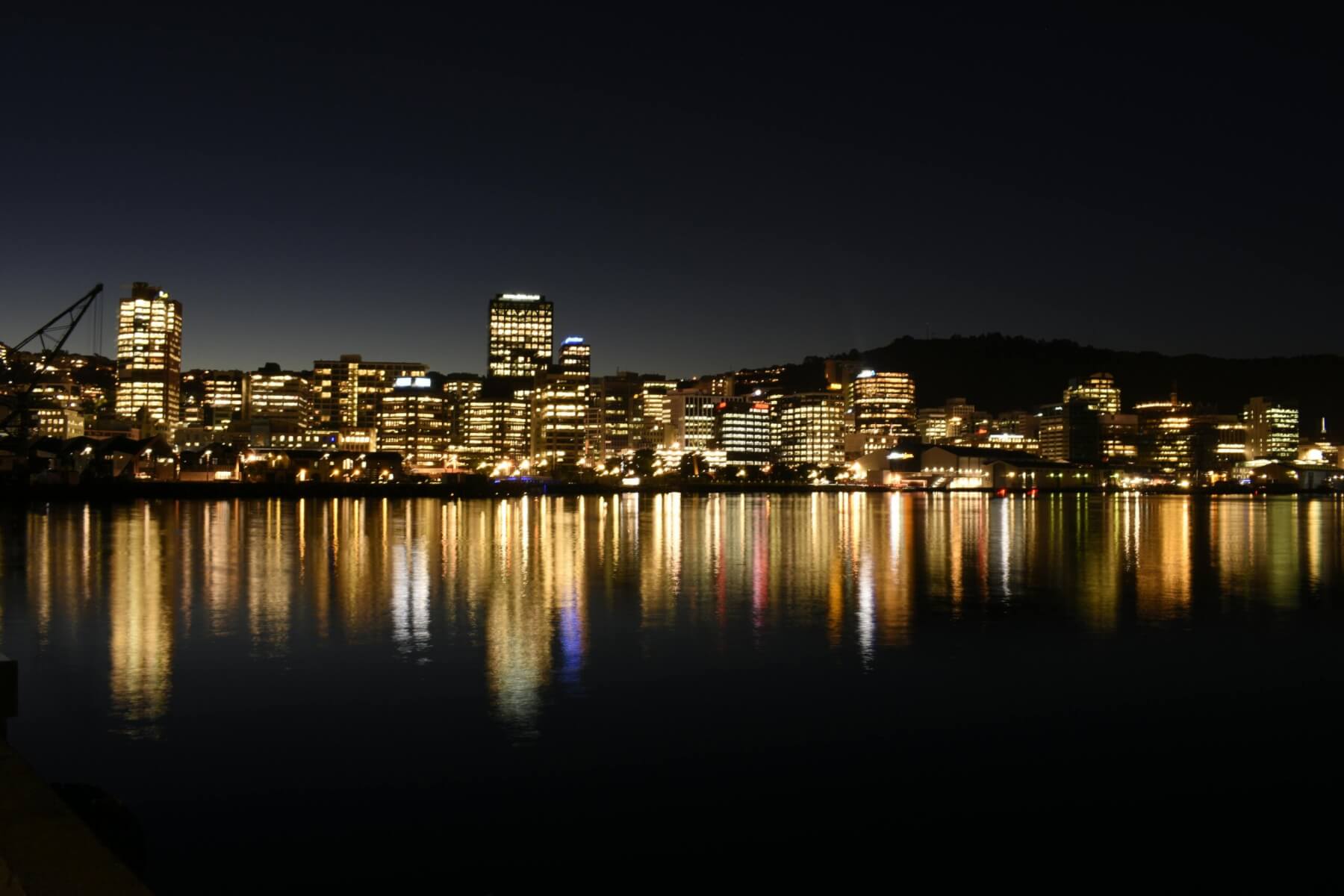
Wellington, New Zealand. Photo: Adrien Olichon, pexels.com
Last week I took a short hiatus from this column as I had a busy time moving down to Wellington, and I have had a fairly typical welcome. I had emotionally prepared myself for the wind, and just as well! Several nights now the wind has woken me, and my long hair has experienced some… more natural styling. The wind really roars here, at times shaking the house with some of the heftier gusts, it’s incredible to feel and hear nature in action. At least, that is how I am choosing to look at it.

Wellington, New Zealand. Photo: Adrien Olichon, pexels.com
Looking for a place of my own to live, I have been conscious of my thoughts as I go as someone who happens to spend a lot of time thinking about hazards and disasters. I don’t find this line of thinking stressful or dramatic; I tend to take a practical approach. I know that those who experience dramatic events like earthquakes, eruptions, and tsunamis often say that they didn’t imagine it would happen to them, so I don’t have the comfort of believing that it won’t happen to me. I also know that what we do shapes our experience during and after these events. We are not powerless.

Janine Krippner
The gorgeous, wild landscape across the Wellington region is shaped by several fault lines, which have formed the hills and gullies that funnel the impressive winds. As a geologist, I can look at a map and trace the linear landscape features that are the faults themselves.
The flatter areas are more desirable for living, but they come with their own risks, like the possibility of tsunami inundation or even being built on top of a fault. I have driven across the blue lines across the roads that mark where I should be passing up hill if we find ourselves under a tsunami threat. If I find myself in a low-lying area and I feel a long or strong earthquake, I will be heading above those blue lines, hopefully along with everyone else around me.
I am aware that there’s a higher chance of experiencing a significant earthquake down here, and how I experience an event might also be impacted by where I end up living. Different areas experience varying levels of shaking depending on the underlying geology, but in any case, preparedness is the key. Essentially, my own actions will greatly impact my experience if a significant earthquake and/or tsunami were to occur.
I already have a bag in my car with first-aid supplies and anything else I might need if I get stranded, whether due to a car breakdown or something like a landslide. Once I find my own place, making sure I have the right preparedness items on hand will be a priority. I will give you an update on how that process goes.
There’s no shortage of inspiration for topics to write about down here, from the steps communities are taking to prepare themselves, to conversations with the many hazards and disaster experts who live and work in the region. I look forward to sharing with you what I learn in this next chapter of life in the land of wind and fault lines.

Wellington, New Zealand. Photo: Trina Snow, pexels.com

Wellington, New Zealand. Photo: Adrien Olichon, pexels.com








